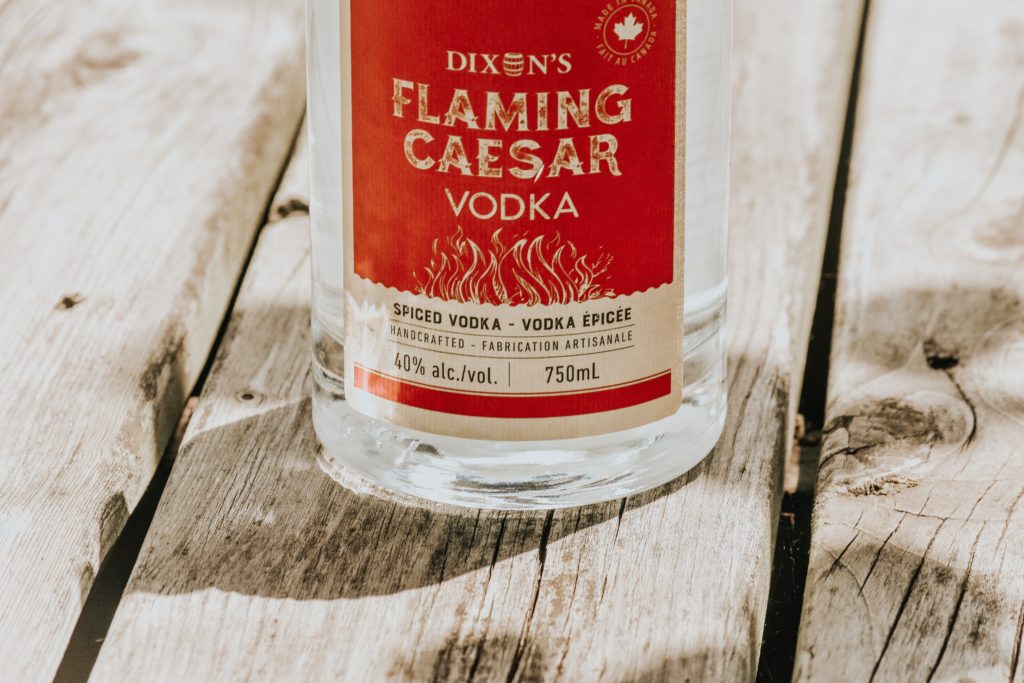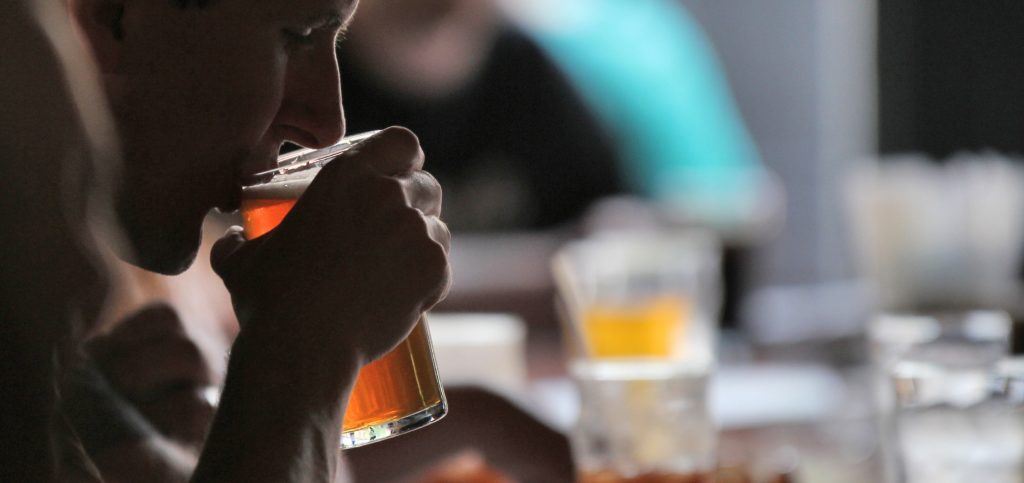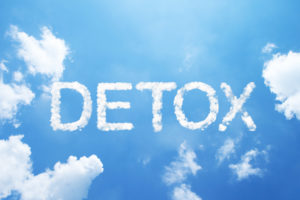What is Alcoholism?
Alcoholism is a real illness that far too many individuals battle every day. According to the National Institute on Alcohol Abuse and Alcoholism, nearly 7% of all Americans, inclusive of teens and young adults, suffer from a alcohol addiction. This 7% equates to about 14 million people in the United States! Addicted alcoholic individuals tend to make alcohol one of the main priorities in their daily lives. The dependency on alcohol often endangers their health, relationships, and well-being– among plenty other aspects of life. Serious health risks can occur from untreated alcoholism, such as liver damage from alcohol abuse.

How Alcohol Works
Alcohol is a drug that is categorized as a depressant. Depressant substances are those which literally depress the central nervous system. With these types of drugs, if someone consumes more than the body can handle, it shows down certain vital functions within the body and the brain. Alcohol is the most commonly used depressant in the country as well as other parts of the world. The effects of alcohol most often cause altered consciousness and changes to the feelings, thoughts, and actions of each user. Physical effects result in slurred speech, a decrease in normal personal judgment, lack of coordination, dizziness, as well as blurred vision.
The intensity of the effects that alcohol has on its abuser is completely dependent on the amount that they consume. Most people drink for a stimulant effect, meaning they need just enough to feel tipsy but not full-blown or “blackout” drunk. In this case, a mild indulgence of alcohol is known as social drinking. However, it is likely that we all know that one person who enjoys going a little too hard at said social events. If the individual has a reputation for wanting to push the limits each time they drink– for example, mixing drinks, taking too many shots, or binge drinking beyond their limit– it’s possible that he or she is an alcoholic.
Alcohol Contents

As with many other drugs, alcohol comes in different varieties and strengths. Although the FDA does not require alcohol manufacturers to share their full list of ingredients on alcohol products, we do know the basic active ingredient alcohol provides. Ethanol or ethyl alcohol is the main ingredient that is present in alcoholic drinks. Alcohol is created from the fermenting of plants, fruits, and grains. This process is done by allowing the food products to ferment over long periods of time. The longer the fermentation process, the more potent the alcohol will result. Chemical reactions in this process cause bacteria to react to the starches and sugars in the food, resulting in yeast. Yeast buildup then creates ethanol, which is the chemical in alcohol that intoxicates people. From this process, alcohol is produced.
Drinks such as beer and wine contain as little as 2% up to 20% of alcohol. However, distilled liquor may contain up to 40% more alcohol. Distilled alcohol means the distiller removes a percentage of the water after the fermentation process. Since there is less water, distilled alcohol tends to be stronger, as there is a higher alcohol content. Examples of distilled alcohols include vodka, rum, tequila, whiskey, and so on.
Here is a general “alcohol content”* guide of drinks to show you how much alcohol you are consuming:
- Beer 2–6% alcohol
- Cider 4%–8% alcohol
- Wine 8%–20% alcohol
- Tequila 40% alcohol
- Rum 40% or more alcohol
- Brandy 40% or more alcohol
- Gin 40–47% alcohol
- Whiskey 40–50% alcohol
- Vodka 40–50% alcohol
- Liqueurs (creamy alcoholic beverages) 15–60% alcohol
*This is an average guide of percentages. Always check the bottle for actual ABV% present. Drink responsibly and know your limits when consuming alcohol. If you cannot seem to stop drinking even though you want to quit, reach out for help, as you may be wrestling an alcohol addiction.
Warning Signs of Alcohol Abuse

What are the warning signs of alcohol abuse?
Alcohol dependence is when alcohol starts to take over your life. Maybe you feel that unless you are under the influence of alcohol, you won’t be able to perform simple tasks such as your daily routines properly. The first several stages of alcoholism include:
- Cravings – strong urge to drink no matter the circumstance
- Loss of control – the inability to limit yourself to just one drink; feeling an uncontrollable need to drink alcohol (especially when stressed or irritated)
- Physical dependency – The experience of withdrawal such as nausea, anxiety, shakiness, and irritability, which starts to occur when the alcohol content in your body begins to wear off. This can be quite dangerous for the alcoholic in an extreme addiction, as detox can lead to fatal withdrawal symptoms including hallucinations and extreme agitations etc. Withdrawal can start as soon as 8 hours after your last drink.
- Tolerance – the strong need to drink large amounts of alcohol in order to maintain the “high” feeling that it gives to you. The amount of alcohol you once enjoyed no longer works and you need more “stronger stuff”.
Additional Information: Alcoholism – Top 10 Warnings Signs That You Are an Alcoholic.
Seeking Help for Alcoholism and Addiction
The key symptom of alcohol abuse is the inability to stop drinking or contain yourself from having too many drinks. Another example of one of these warning signs is mixing alcohol with you every meal– for example, adding alcohol in your coffee or mixing it with medications. Individuals like this typically feel like they do not have a problem. They may laugh it off or joke about their alcohol consumption.
On the other hand, if someone is recognizing negative consequences in their overall quality of life due to alcohol abuse, it can be a hard reality to face. Sometimes the scariest person to face about your issues is yourself. You might feel like you’re too far into an addiction, but this is hardly true. It’s never too late, even if you might believe that it isn’t possible for you to ever become sober. There is no better time than right now to take the first step and become willing to enter into recovery.

Getting Help for Your Loved One with Alcoholism
If you or your loved one has an alcohol addiction, professional intervention for alcohol abuse is the best way to go as the first step in offering him or her the effective help they need. An intervention is one the first steps on the road to recovery. The main idea and goal of any interventionist are to help the alcoholic realize that alcohol is a major problem in their life. Then, with the help of loved ones, as a team, you can all help the alcoholic to assess the problem and lead the individual in the path of a clean and sober lifestyle.
Withdrawal symptoms may occur when your body still isn’t used to having this toxic substance not present anymore and this may lead to a relapse. If this happens, don’t worry. Our intervention programs will ensure that this does not happen to you. We have caring professionals around the clock who work to find you the proper recovery tools you need to get sober and live a happy life free of alcohol abuse.
If you have any more questions, call Prevail Intervention’s free Addiction Helpline today.
Sources
“Alcoholism as a Reward Deficit Disorder”
“Social and Community Resources for Long-Term Recovery from Alcohol Addiction”





